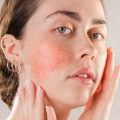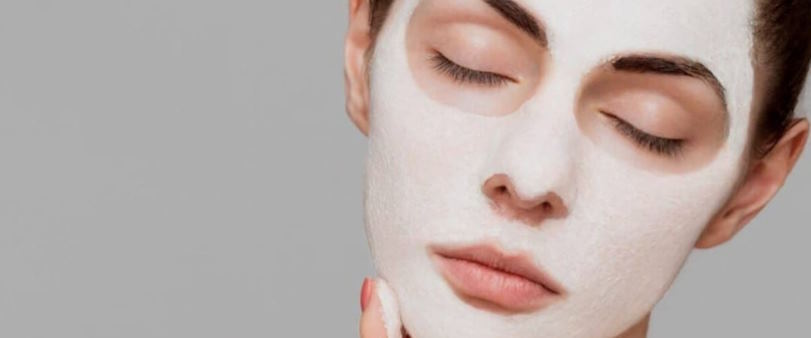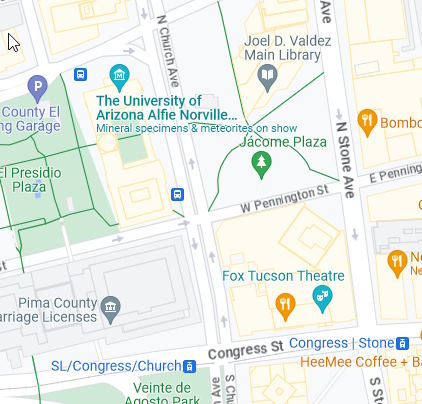This website uses cookies so that we can provide you with the best user experience possible. Cookie information is stored in your browser and performs functions such as recognising you when you return to our website and helping our team to understand which sections of the website you find most interesting and useful.


Unmasking the Mystery of Redness and Rosacea
Redness: The Complexion’s Nemesis
Redness is a skin concern that affects many, and its causes are as diverse as its appearance. Some common culprits include:
Skin Sensitivity
Skin sensitivity often leads to redness triggered by harsh weather, skincare products, or environmental pollutants. This condition, known as reactive skin, can manifest as transient or persistent redness.
Broken Blood Vessels
Telangiectasia, or the dilation of small blood vessels near the skin’s surface, can result in persistent redness. It is particularly noticeable on the cheeks, nose, and chin and may be associated with rosacea.
Allergies
Allergic reactions to skincare products or environmental allergens can cause redness. It often occurs alongside other symptoms like itching or inflammation.
The Challenge of Rosacea
Rosacea, a more complex and chronic condition, often presents as redness and can lead to the development of other symptoms, including:
- Flushing: Rosacea-prone individuals frequently experience flushing, where the skin turns red due to blood vessel dilation.
- Pimple-Like Bumps: Rosacea can also form small, red, and pus-filled bumps similar to acne. However, these bumps are not the result of clogged pores.
- Visible Blood Vessels: Telangiectasia, or visible blood vessels, often become more pronounced in individuals with rosacea.
- Thickened Skin: Over time, the skin in the affected area may thicken, primarily on the nose, leading to a condition known as rhinophyma.
Navigating the Path to Calm Skin
Addressing redness and rosacea requires a multi-pronged approach that encompasses skincare, lifestyle adjustments, and professional guidance:
Gentle Skincare
Opt for fragrance-free, hypoallergenic skincare products designed for sensitive skin. Look for products with soothing ingredients like calendula, chamomile, and niacinamide. Avoid harsh exfoliants and opt for mild, non-abrasive cleansers.
Sun Protection
Sunscreen is a non-negotiable element in your skincare routine. Choose a broad-spectrum SPF with a high rating and apply it daily, even on cloudy days. Sun protection is essential to prevent further redness and rosacea flare-ups.
Avoid Triggers
Identify and avoid triggers that worsen redness or rosacea. Common triggers include spicy foods, alcohol, extreme temperatures, and stress. Keep a diary to track what exacerbates your condition.
Professional Guidance
Consult a dermatologist if you suspect rosacea or your redness persists despite homecare. They can provide a customized treatment plan, including topical medications, oral antibiotics, or laser therapy.



